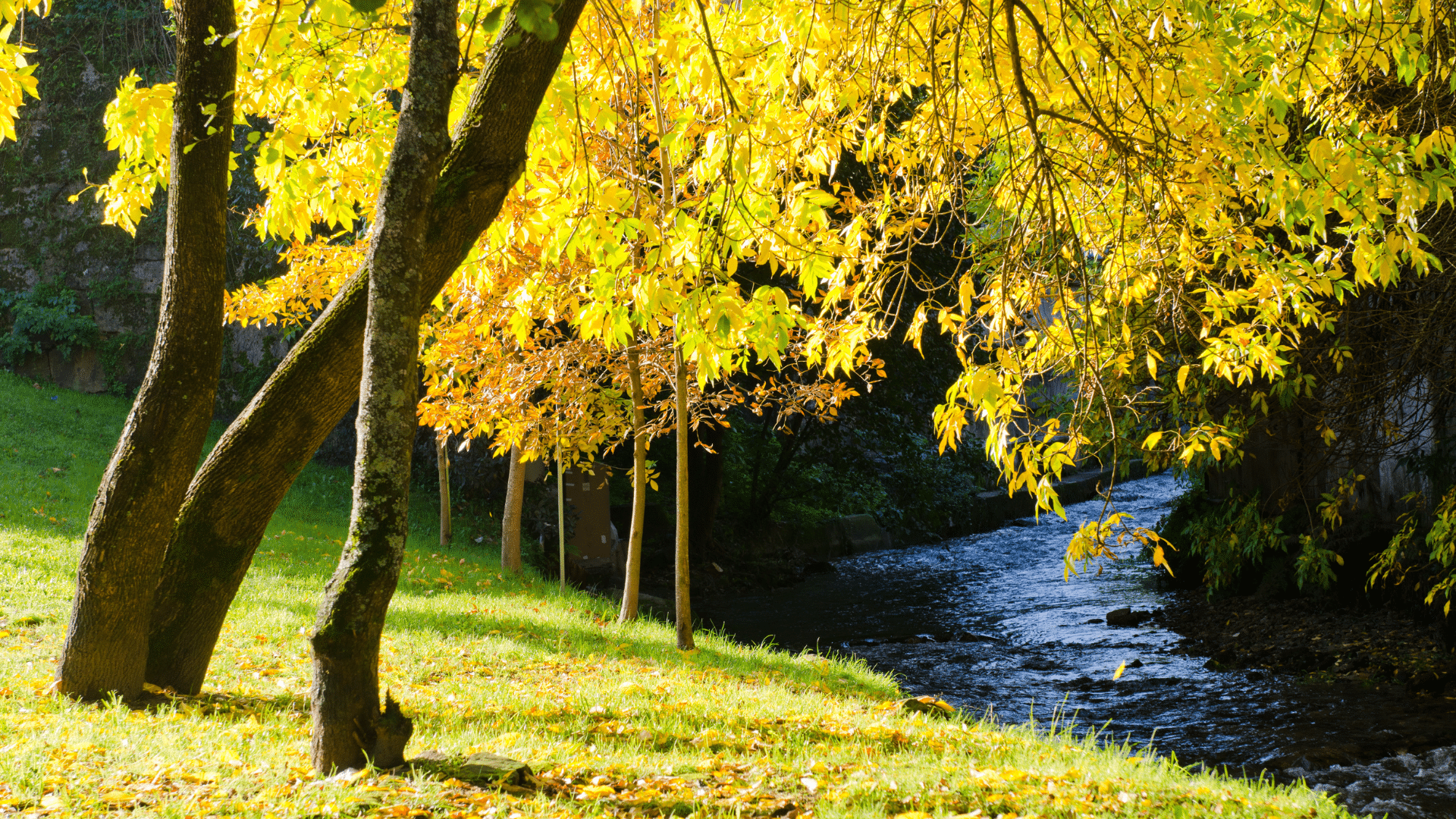
The replanting of new trees is always encouraged whether you’re replacing Ash trees after felling or you’re planting brand new trees.
At The Tree Doctors, we want to promote replacing trees wherever you can in order to replace diseased trees and woodlands that are facing the impact of diseases like Ash Dieback. With the right planning and permission for planting trees, you will need to know which trees are the best for replacing the diseased trees.
Ash Dieback, a disease affecting many Ash trees across the UK has been a huge cause for concern and the need for replanting new trees is greater than ever. Read our blog on Ash Dieback for signs of the disease and its impact on the environment.
Planning Your Replanting
It’s important to note that you cannot replant the same species in a spot that was affected by pests or disease, or else the same thing will happen again. So, what are the stages to replacing Ash trees after felling, in your garden or local woodlands?
Firstly, you will need to make sure you have the correct permissions to plant. Is the tree on your land or a neighbour’s? Are you planning to plant lots of trees in a public area? Make sure your plans comply with the UK Forestry Standard and get in touch with your local council if you’re planning to plant in public locations or woodlands.
Depending on the size of the tree you lost to felling, using the Devon 3,2,1 rule can give you an idea of how many trees to replant. At least 3 replacement trees are the appropriate number to replant after cutting down a large tree. 2 can replace a medium-sized tree and then 1 for a small tree.
Do you have the space to plant a large tree? It’s important to consider the space that your tree has to grow. You’ll need to allow plenty of room and find a spot where the tree gets enough light and water. If you are wanting to plant multiple trees across a site, it’s recommended that you plant in zig-zag patterns to add space for this growth. It’s also a good idea to plant similar species together in groups so they’re not competing for the space and light they need. On lower levels, it’s a good idea to plant smaller shrubs like holly, hawthorn and crab apple for diversity and to welcome more wildlife.
For maintenance reasons, you will need to access trees and hedges for inspection and pruning when needed. For this reason, having footpaths in public woodlands is sensible and allows a large enough space for trimming trees and shrubs. Similarly, in gardens, is there enough space between a tree and the fencing/border of the land?
Consider the characteristics of the environment. What soil type are you dealing with? How accessible is this new tree going to be? You can introduce new species to a space as long as they are ecologically suited to the climate. It’s especially key to replace diseased trees with British trees that are less likely to be affected by new diseases. Native plants like Oak, Beech, and field maple can add diversity and are British, meaning they work well together.
Some of the closest matches to Ash trees are Elm, Birch and Rowan in term of height, flowering time and pollen production. These types of trees will also receive the same kind of animal species and pollinators to Ash. By planting these types, you’ll have less negative impact on the ecosystem in your space.
There is a list of trees that are not to be planted in replacement of Ash trees however. You can find them HERE.
For more advice on replanting trees after losing them to Ash Dieback, read the THIS ARTICLE on the GOV website.

The Benefits of Planting More Species
Start promoting tree growth and the planting of new trees before the need to replace them comes. You can plan to plant new trees as long as you have the space, don’t wait for trees to die to plant new ones!
Attract more wildlife into your gardens and woodlands by growing more trees, and diverse species. By encouraging new growth, you’ll be providing habitats, welcoming more pollinators and sustain a healthy ecosystem. Another obvious benefit to replanting trees is the increase in clean air. Trees store carbon and the loss of so many Ash trees across the UK can have a huge impact on the climate overall. With fewer trees trapping carbon, the air will be more polluted, and this can increase many climate problems.
Our whole agricultural systems and society too, rely on trees and our ecosystem to survive. Wildlife and specialist species too.
Contact The Tree Doctors
If you’ve got concerns about a tree that is diseased and in need of removal. Get in touch with The Tree Doctors Today. Don’t waste time and money, we can handle your tree felling whether it’s a domestic or a commercial area. The Tree Doctors centre our services on the needs of protecting vegetation and causing less harm to the environment in the removal of trees. Read our blog on The Importance of Growing Trees.

